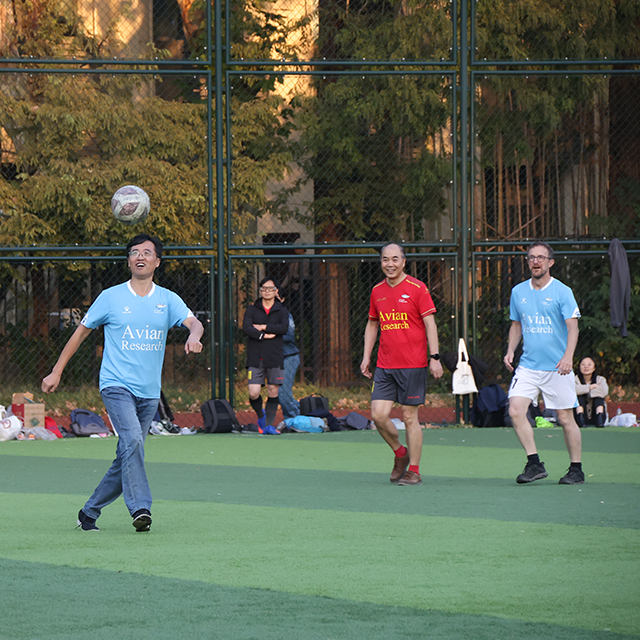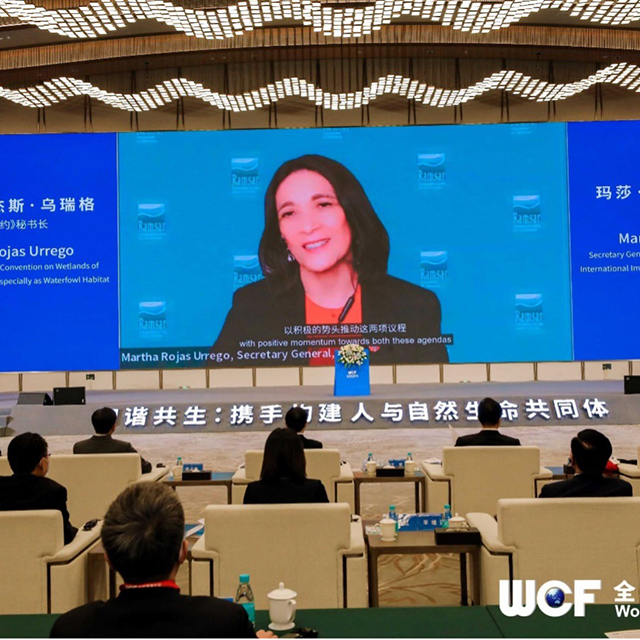Richard is a conservation biologist who has been working to integrate several disparate disciplines to answer fundamental questions around a sustainable environmental future. To do this, he studies the impacts of people on the environment, and what can be done to mitigate those impacts. He has received continuous ARC funding for his research in these areas since 2010. Richard was appointed by the Australian Government to serve on the Ecosystem Research and Monitoring Panel and frequently advises the Australian Government on migratory species conservation. Visit Richard's webpage.
Coastal ecosystems are biodiversity havens, but they are under intense pressure worldwide. Threats to coasts arise from lack of awareness of their value, poor access to evidence-based conservation approaches and lack of capacity to implement them, together with the fragmented governance typical of coastal ecosystems. In the face of sea-level rise as well as erosion of natural capital and a biodiversity extinction crisis, there is now a more urgent need than ever for concerted actions to conserve these ecosystems and their services, ensuring that any use of them is sustainable.

Photo credit: Chinese Ornithological Congress.
New initiatives
In response to these challenges, the World Coastal Forum has recently been established, and CBCS is delighted to be an official supporter of this initiative. The WCF was officially launched in September 2023 in Yancheng, China, near the site of the country’s first coastal World Heritage area. This location is full of symbolism for coastal conservation because it protects critically important wetlands for migratory birds and represents a major commitment to long-term protection of tidal flats and other coastal ecosystems in China. More than 1000 people attended the launch, including high-level delegations from many countries and NGOs.
A series of task teams have been established to bring evidence to bear on coastal conservation issues. One of the first major products will be a “State of the World’s Coastal Ecosystems”, along with a conservation evidence toolkit. The emphasis is on getting actionable evidence on coastal conservation into the hands of policy-makers and managers. There are plenty of opportunities for researchers and managers working in coastal conservation to get involved in the WCF – check out worldcoastalforum.org or come and chat with me.
A few weeks later, a huge crowd attended the 17th Chinese Ornithological Congress, where I was privileged to give a plenary talk on the future of bird conservation in the East Asian–Australasian Flyway. It was brilliant to see so many Chinese bird researchers in one place, and the sheer quality and quantity of work being done by a new generation of early career researchers in the country was truly heart-warming. While there is much brilliant ecology underway, my impression is that there’s a strong need for more applied conservation science among Chinese ornithologists, to address the profound threats to biodiversity in the region.
There were dozens of exciting talks on migratory birds, which have become a real focus area in Chinese ornithology, in particular for studies that track the journeys of the birds. Impressive miniaturisation of tracking devices now means that even tiny birds can be tracked, revealing high-quality data that would have been impossible to collect only a few years ago. With many migratory landbirds declining rapidly in the East Asian-Australasian Flyway, the race is on to understand the migrations and protect their migratory paths before a rash of extinctions hits this globally important migration hotspot.
Optimism renewed
A highlight of the meeting was the traditional soccer match, in which North China plays South China, along the major biogeographic division between the temperate north and subtropical south. By virtue of hailing from Australia, I was co-opted in the South team, although despite our best efforts we ended the match 2–0 down. Great fun was had by all, and I left the meeting with renewed optimism about the future of the migratory birds that I love so much.

Photo credit: World Coastal Forum.
Read more of these stories in Issue 16 of the CBCS Newsletter and follow us on X (Twitter) and LinkedIn.
